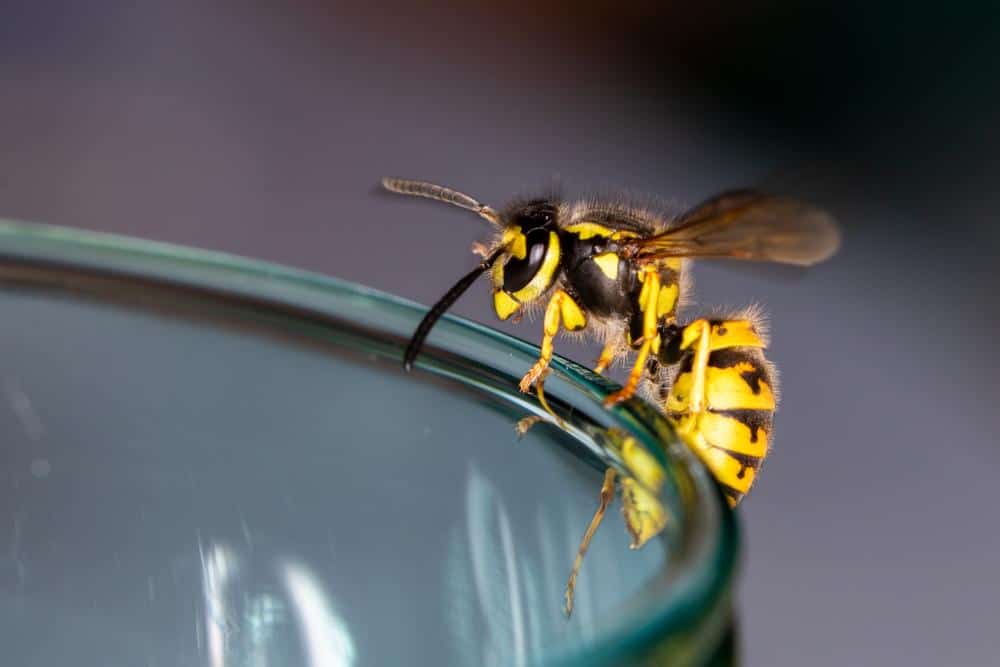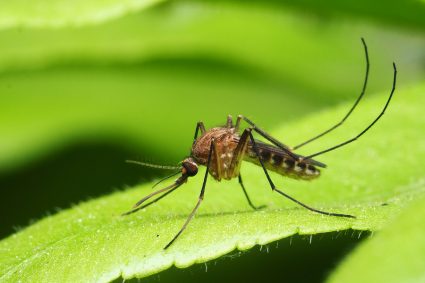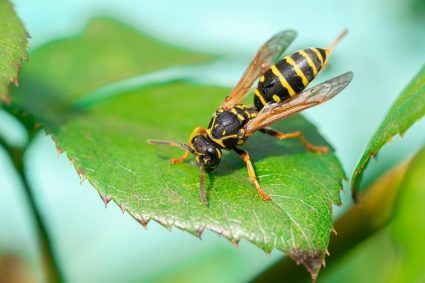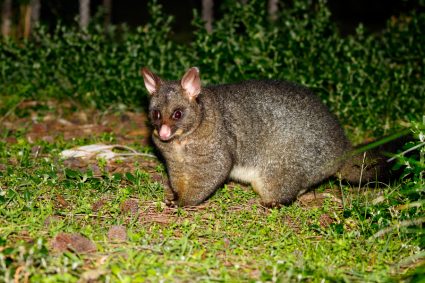
Yellow jackets, known for their distinctive black and yellow striped bodies, can be quite a nuisance, especially when they make their way into your home. These social wasps are carnivorous, feeding on other insects like flies and bees, as well as fruits, carrion, and nectar. Despite their contribution to the ecosystem, their aggressive nature and painful stings make them unwelcome guests in any household.
If you’ve noticed an influx of yellow jackets in your home, you might be wondering, “How are yellow jackets getting into my house?” This comprehensive guide will help you understand the common characteristics and behaviors of yellow jackets, how they can enter your home, and how to prevent them from doing so.
Yellow jackets can enter your house through open windows or doors, torn screens, vents, and small holes or gaps around window frames. They are attracted to sheltered spots that offer protection from weather and predators. To prevent them from entering, seal any gaps or openings in your home and regularly inspect potential nesting sites like eaves, attics, and walls.
Characteristics and Behaviors of Yellow Jackets
Yellow jackets are often mistaken for bees due to their size, shape, and coloration. However, they have a more noticeably segmented body with a very small ‘waist’ and lack the fuzzy appearance of bees. They are attracted to protein-rich and high-sugar foods, such as meats, fruits, and sweet drinks. Yellow jackets often build their nests in trees, shrubs, and man-made structures like walls, garages, and sheds. They can also nest in wall voids, ceilings, or attics, which can be difficult to detect.
How Yellow Jackets Enter Your Home
Yellow jackets can enter your house through various access points. They are attracted to sheltered spots that offer protection from weather and predators. Some of the common entry points include:
- Open windows or doors
- Torn screens or gaps around windows and doors
- Vents or exhaust fans
- Mortar holes or spaces around window frames
To prevent yellow jackets from entering your house, it’s essential to seal any gaps or openings in the exterior of your home and regularly inspect eaves, attics, and other potential nesting sites.
Signs of a Yellow Jacket Infestation
Recognizing the signs of a yellow jacket infestation can help you take timely action. Here are some signs to look out for:
- Increased number of yellow jackets around your property
- Yellow jackets entering and exiting small holes or cracks in your home
- Hearing scratching, humming, or crinkling noises from the walls
- Encountering wasps inside your house during odd times, particularly in the spring and fall
How to Prevent Yellow Jackets from Entering Your Home
Prevention is key when dealing with yellow jackets. Here are some steps you can take:
- Keep food inside and covered
- Use natural repellents like cucumber slices or peppermint oil
- Seal gaps and cracks
- Install screens on windows and doors
- Maintain cleanliness around your property
- Plant natural wasp-repellent plants like eucalyptus, spearmint, or thyme
- Use decoy nests to scare off yellow jackets
Professional and DIY Methods to Remove Yellow Jackets
If you’ve already got an infestation, you might need to resort to professional or DIY methods to remove yellow jackets from your house. This could include calling an exterminator, using insecticides, setting up soapy water traps, or using aerosol sprays. However, these methods should be used with caution, considering the aggressive nature of yellow jackets and the potential for painful stings.
Yellow jackets can be a real menace when they invade your home. Understanding their behavior, knowing how they enter your house, and taking preventive measures can help keep your home free from these unwelcome guests. If you suspect an infestation, it’s best to call a professional to handle the situation safely and effectively.
Frequently Asked Questions
What time of the year are yellow jackets most active?
Yellow jackets are most active during the late summer and early fall. This is when their colonies reach peak size and food becomes scarce, prompting them to venture out more in search of sustenance.
Are yellow jackets beneficial to the environment?
Yes, yellow jackets are beneficial to the environment. They are predators of many pest insects, helping to control their populations. Moreover, they also play a role in pollination, although less so than bees.
What’s the difference between yellow jackets and bees?
While similar in appearance, yellow jackets and bees differ in several ways. Yellow jackets have a more noticeably segmented body and a very small ‘waist’, while bees typically have a rounder, more robust body. Yellow jackets also lack the fuzziness of bees. Additionally, yellow jackets are more aggressive than bees.
Are all yellow jackets aggressive?
While not all yellow jackets are aggressive, they can become so if their nest is threatened. They are known to sting repeatedly to protect their colony, unlike bees that die after stinging once.
What should I do if I’m allergic to yellow jacket stings?
If you’re allergic to yellow jacket stings, it’s crucial to avoid them as much as possible. If you get stung, seek immediate medical attention. Keep an epinephrine autoinjector (EpiPen) on hand if prescribed by your doctor.











